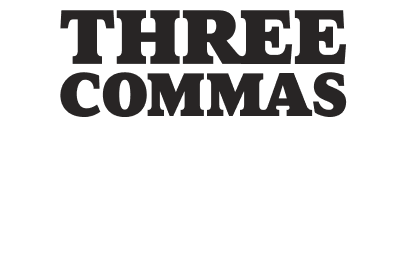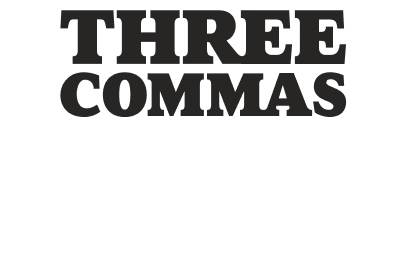Michael Weiss first plugged into the possibility of creating a World’s Fair when he read Erik Larson’s novel, The Devil in the White City, about the 1893 event in Chicago. Within a span of six months, 27 million visitors attended, when the entire U.S. population was about 63 million (that’s roughly 42% of the entire country, traveling by trains or horse and buggy). Guests marveled at electricity being used in a new and blindingly awesome way (100,000 incandescent light bulbs, together for the first time), and they rode the Ferris Wheel, designed and introduced specifically for the fair.
World’s Fairs still do happen, but they’re now called World Expos. Shanghai hosted one in 2010 (73 million visitors in six months); in 2015, Milan welcomed 29 million people. The next event (mark your calendars): Dubai, in 2020.
What about the United States, though? Uncle Sam may be over it, but Mike isn’t. He – along with his business partner, Marcus Jecklin – is setting out to create the first World’s Fair in the United States in 30 years (target date: 2023).
But first, a grammar check: Mike is calling it a Worlds Fair (no apostrophe s). Why? Three reasons: removing the possessive means opening up the possibilities of a multitude of worlds that exists within our one world. It also leaves open the possibility of one day hosting the event on other planets. And you can’t use an apostrophe in a URL.
We’ll keep you posted on Mike’s progress (he’s a year in, with three sites under consideration). In the meantime, we’re sharing one important entrepreneurial lesson that he’s learned so far – and that’s this: there is one word to keep in mind when planning this monumental experience, which expects tens of millions of people in a short period of time, in a limited space. The word: increments.
Sure, he may need 500 or more acres to design and build the event, and that price tag may exceed $100 million, which doesn’t include the billion or so bucks it takes to develop the land. So you don’t just go asking for that kind of honey; instead, you take baby steps, to show your seriousness and legitimacy, and to slowly but surely grow your event expertise. You prove your street cred.
How? First, offer smaller, more modest gatherings, like the recent Future Forum in New York, which focused on one topic (artificial intelligence) and hosted one awesome guest (Facebook’s AI director, Yann LeCun). Next comes a Worlds Fair Nano, which will be a mini, two-day version of the fair, inviting a few thousand people to New York, with demonstrations, speakers, music, art and food.
Two or three years down the road comes the first gig ready for 100,000-visitors. By year four: a million-person event. By year six, all systems are go for a 100-million-visitor Worlds Fair. Bring comfortable shoes, and a high-five for Mike.

He says that it’s all about incremental growth and incremental goals. One step at a time, and, so far, that seems to be getting the Worlds Fair up and running. Keep track of Mike’s progress here, and follow the journey on Facebook.


